Victoria’s deadliest creatures include snakes, spiders, cows and honey bees
REDBACKS and funnel-webs get a bad wrap, but what about honey bees and cows? Here are some of the state’s most dangerous animals, with a few surprise species.
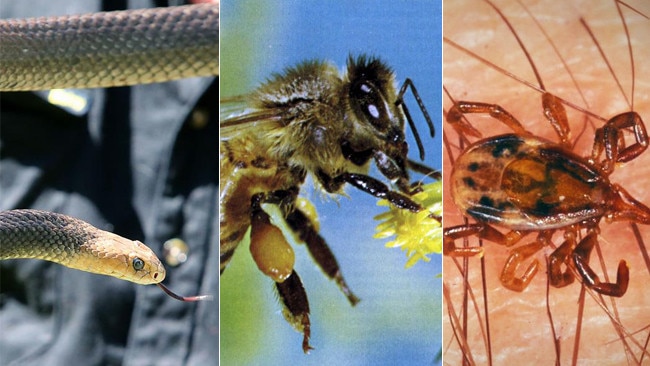
Melbourne
Don't miss out on the headlines from Melbourne . Followed categories will be added to My News.
REDBACK spiders, blue-ringed octopuses and brown snakes get a bad wrap, but the list of Victoria’s most deadly creatures also includes cows, horses and honey bees.
While some animals, including venomous spiders and snakes, are potentially lethal within hours of an untreated bite, modern medicine means they seldom get the chance to kill.
But other unlikely critters such as ants and cattle, take lives in ways you might not expect.
Here are some of Victoria’s most deadly creatures, with a few surprise species.
MORE MELBOURNE: WHERE TO GET THE BEST VEGIE BURGERS
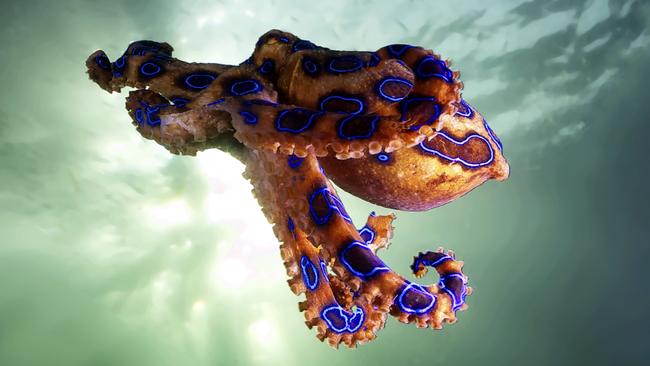
BLUE-RINGED OCTOPUS
In December 1962 at Rickett’s Point in Beaumaris, 33-year-old Arthur Thompson was bitten on the hand by a blue-ringed octopus and was taken to the Alfred Hospital.
Eerily, he hadn’t noticed he had been bitten until he noticed a speck on blood on the back of his hand.
But a few minutes later almost his entire body was paralysed after a strange sensation that started around his mouth.
His breathing stopped and eventually he needed a respirator, but gradually his muscle function returned and he made a full recovery.
There has been no reported deaths resulting from blue-ringed octopus bites in Victoria, but since the 1962 incident Victorians are wary around rock pools.
Deaths by blue ringed-octopus bite were recorded in the NT in 1954 and NSW in 1967.
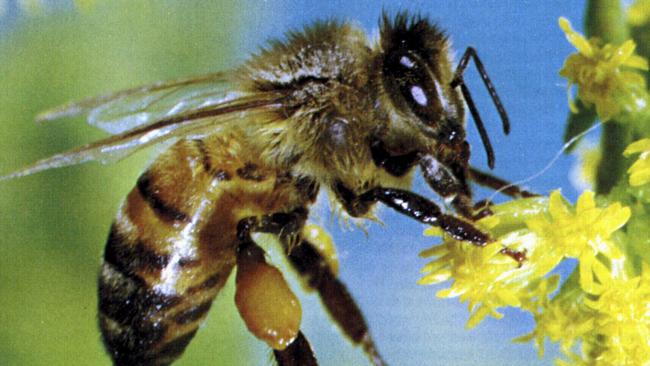
EUROPEAN HONEY BEE
The humble bee doesn’t seem a likely killer but more people die in Australia from bee sting than from shark attacks and spider bites.
European bees, introduced in the early 1800s, are now common throughout the country, including all over Victoria.
Normally bee stings are not dangerous aside from the pain and temporary swelling — it would take hundreds of bee stings to kill a normal person.
But about one in 30 people could be allergic to bee venom and experience anaphylactic shock if stung.
MORE MELBOURNE: COULD WERRIBEE SOUTH BE THE NEXT GOLD COAST
Wasps and bees can also be deadly if inadvertently swallowed while eating and drinking outdoors in warm weather, with a sting to the oesophagus likely to swell up and halt breathing.
Bees claim only a small handful of Australian lives each year, but are still more lethal than sharks and spiders.
Native Australian bees are fare less likely to cause death because many species have no stingers, are not aggressive or are too small to deliver much venom.
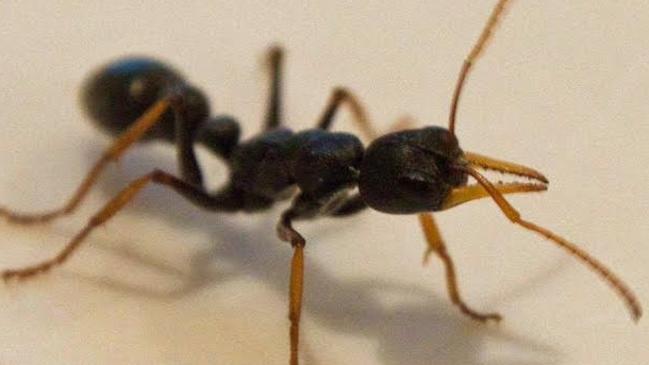
JACK JUMPER ANT
In most cases a venomous sting from the jack jumper ant results only in discomfort and minimal swelling in humans.
But, as with bumble bees, some people have unknown allergies to jack jumper ant bites and can experience anaphylaxis, sometimes resulting in death.
Deaths in Tasmania have been attributed to jack jumper ant bites and the species is also common throughout Victoria, can jump short distances and is active in wooded areas mostly during the day.
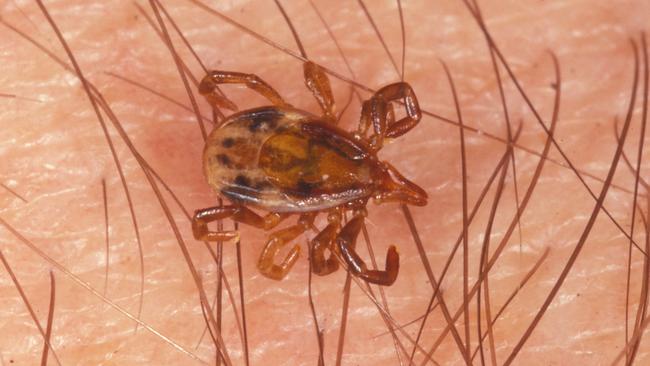
AUSTRALIAN PARALYSIS TICK
Ticks, common on the Australian seaboard and on the eastern Victorian coast as far as Lakes Entrance, are a bloodsucking parasites that feed on proteins from the blood stream, sometimes over several days.
Tick paralysis is more common in children and can involve flu-like symptoms, facial paralysis, limb soreness and difficulty walking.
Symptoms can present before the tick is known, and can worsen even when the tick is removed.
Human deaths from ticks in Victoria are extremely rare, but they commonly bite pets and livestock, often fatally.
About 500 dogs die every year across Australia from tick bites.
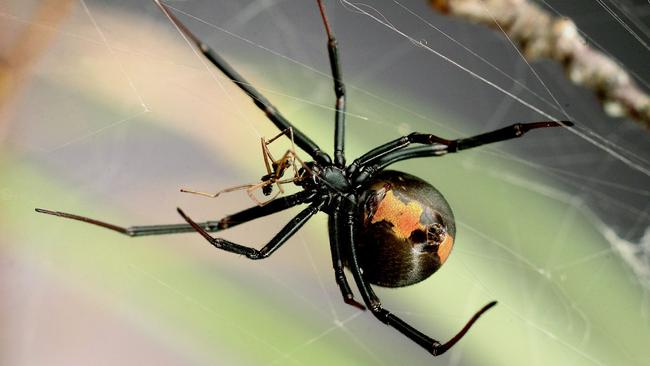
REDBACK SPIDER
Perhaps one of the most iconic local spiders, the redback has been known to stalk outhouses and awnings across the country since at least European settlement.
Some theories suggest the spider, known for its distinctive red stripe, may have been brought to ports via Asia, but it is most likely the species is native to Australia.
Perhaps one of the weirdest characteristics of the species is the mating process, which usually kills the smaller male.
Other spiders, crickets, large insects and even lizards fall victim to the redback’s web and effective venom, but other spiders including the white tail are known to capture and eat redbacks.
Only the female’s bites are dangerous to humans with dozens of cases needing antivenene each year, often as a result of disturbing webs while gardening or cleaning around the outside of homes.
Milder bites can go unreported and heal on their own.
Although popular in folklore and popular fiction as a deadly spider, no redback deaths have been recorded since the proliferation of antivenene in the 1950s.
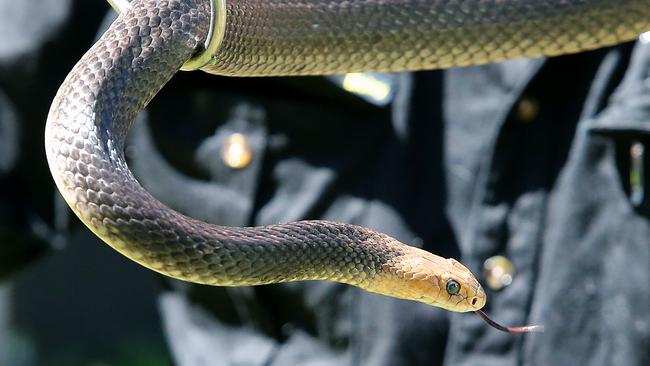
SNAKES
Among common species of venomous snakes in Victoria are the eastern brown snake, the tiger snake and the red-bellied black snake.
The brown snake, which has the most dangerous venom of those three species, is active during the day in grassy and wooded areas and feeds mostly on rodents.
When disturbed by humans the snake rears upright and is aggressive. If left untreated, a brown snake bite can cause renal failure, collapse, cardiac arrest and eventually death.
If bitten, bandages and a splint should be applied under high pressure and the wound should not be washed, as residual venom could later identify the snake species.
Of about 3000 snake bites across Australia per year, just two might be fatal.
About half of snake bite deaths are due to brown snakes.
The inland taipan, reputed to be the world’s most venomous, has been found in far north western Victoria near the Murray and Darling rivers, but does not live throughout the rest of the state.
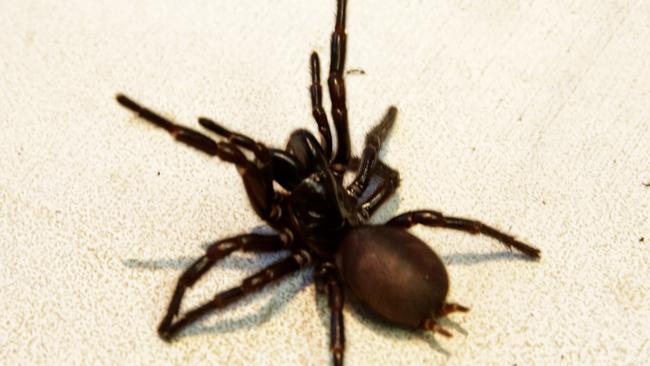
FUNNEL-WEB SPIDER
Known as one of the deadliest spiders in the world, funnel-web species live throughout central and north eastern Victoria.
Male spiders are more likely to bite people than females, partly due to mobility during summer while spiders seek mates.
They are most commonly found in moist, wooded areas or under rocks or shrubs.
Disturbingly, funnel-webs can survive underwater for hours, such as in backyard swimming pools, and can still bite if retrieved.
If bitten, the speedy use of pressure bandages is needed, and medical help must be sought immediately.
Although funnel-web spider bites can still occur, no deaths have been recorded since before the development of an effective antivenene in 1980.
Since then antivenene has been administered about 100 times, but not for all cases.
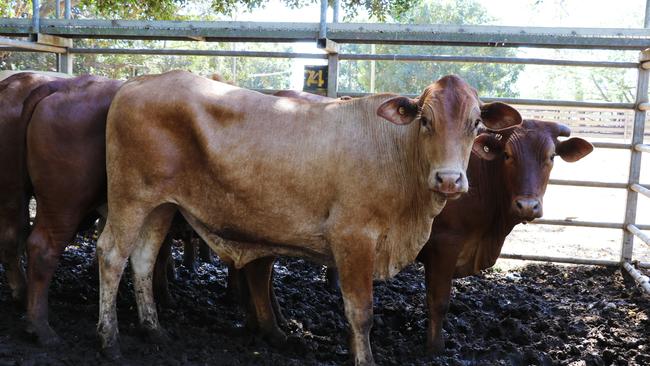
LIVESTOCK
Venomless and often with an easygoing temperament, cows and horses aren’t normally put in the same league as sharks, spiders and deadly snakes.
But they’re just as deadly, even if they don’t mean to be.
As is the case with honey bees, cattle and horses kill more people in Victoria than spiders, snakes and sharks.
Trampling incidents involving cows are most common, with accidental fall from horses also a big danger.
A 2013 Safe Work Australia report into farm fatalities showed 18 deaths over eight years nationwide relating to being hit or bitten by an animal, with 11 of those involving cows.
In addition to those 18 deaths there were 11 fatal falls from horses.
Cows were responsible for more deaths than other categories including drowning, accidental shooting, getting caught in machinery and being hit by falling trees.
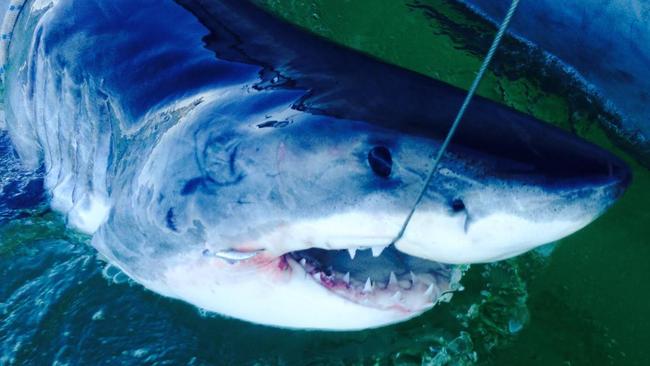
SHARKS
Great whites, one of the ocean’s fiercest predators, have been documented off Victoria in rare and often contested sightings.
While no deaths by great whites have been confirmed in the state’s history, there have been 15 deaths due to sharks in Victoria since the 1800s, compared to about 100 in Queensland and the Torres Strait.
The last person to be fatally attacked by a shark was John Patrick Wishart who had been swimming at Portsea during a festival in 1956.
Witnesses report seeing a large, dark object approaching Wishart from behind while he was waiting to ride a wave.
He then disappeared from sight and was never seen again. The species of shark was never identified.


